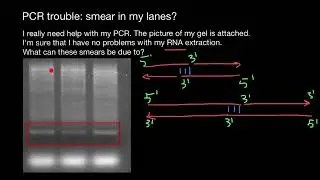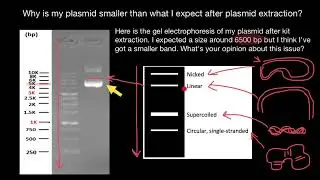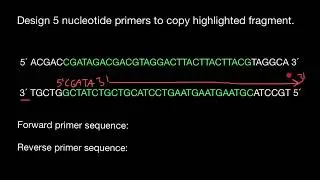How to design Forward and Reverse Primers
Designing forward and reverse primers is a critical step in various molecular biology techniques, such as polymerase chain reaction (PCR), sequencing, and cloning. The purpose of these primers is to specifically bind to the DNA template of interest, allowing the amplification or detection of specific DNA sequences. Here are general guidelines on how to design effective forward and reverse primers:
1. Target Sequence Identification
Select the Target Region: Identify the DNA sequence you wish to amplify. This could be a gene, a part of a gene, or any specific DNA region.
2. Primer Length
Optimal Length: Primers should typically be 18-25 nucleotides long. This length is enough for specificity and efficient binding to the target sequence.
3. Melting Temperature (Tm)
Tm Calculation: The melting temperature is the temperature at which half of the primer-DNA duplex dissociates to become single-stranded. The Tm of both primers should be within 2-5°C of each other, generally ranging between 55-65°C. Use the formula 4(G+C) + 2(A+T) for a rough estimate, or more sophisticated calculation methods provided by primer design tools.
4. GC Content
Optimal GC Content: Aim for a GC content of 40-60%. This ensures adequate primer-template binding. The primer should not have a GC content that is too high or too low.
5. Primer Specificity
Avoid Complementarity: Ensure the primer sequences do not have significant complementarity to each other or to other regions of the target DNA to prevent primer-dimer formation and non-specific binding.
Check for Secondary Structures: Primers should not form significant secondary structures (like hairpins) or have long stretches of a single nucleotide.
6. Primer Ends
GC Clamp: Incorporating a GC clamp (1-3 G/C nucleotides) at the 3’ end of the primer can help with the binding efficiency because GC pairs have stronger hydrogen bonding than AT pairs.
7. Avoiding Repeats and Homopolymers
Minimize Repeats: Avoid sequences with repetitive elements or homopolymers (long runs of a single nucleotide), as these can lead to mispriming or slippage during PCR.
8. Software and Tools for Primer Design
Utilize primer design software and tools, such as Primer3, NCBI's Primer-BLAST, or OligoAnalyzer. These tools can help check your primer design for potential issues like secondary structures, dimers, and specificity against the target genome.
9. Testing and Optimization
In Silico Testing: Use bioinformatics tools to test the primers against the target genome or DNA sequence to ensure specificity.
Empirical Testing: It’s often necessary to empirically test and possibly adjust primers in the laboratory, as theoretical predictions may not always align with actual results.
Conclusion
By following these guidelines, you can design effective forward and reverse primers for your specific applications. Remember, primer design can sometimes require adjustments and optimizations based on experimental results.
![[Raw, Boring] Four Random Landings](https://images.mixrolikus.cc/video/wacFCUJeWzc)






























